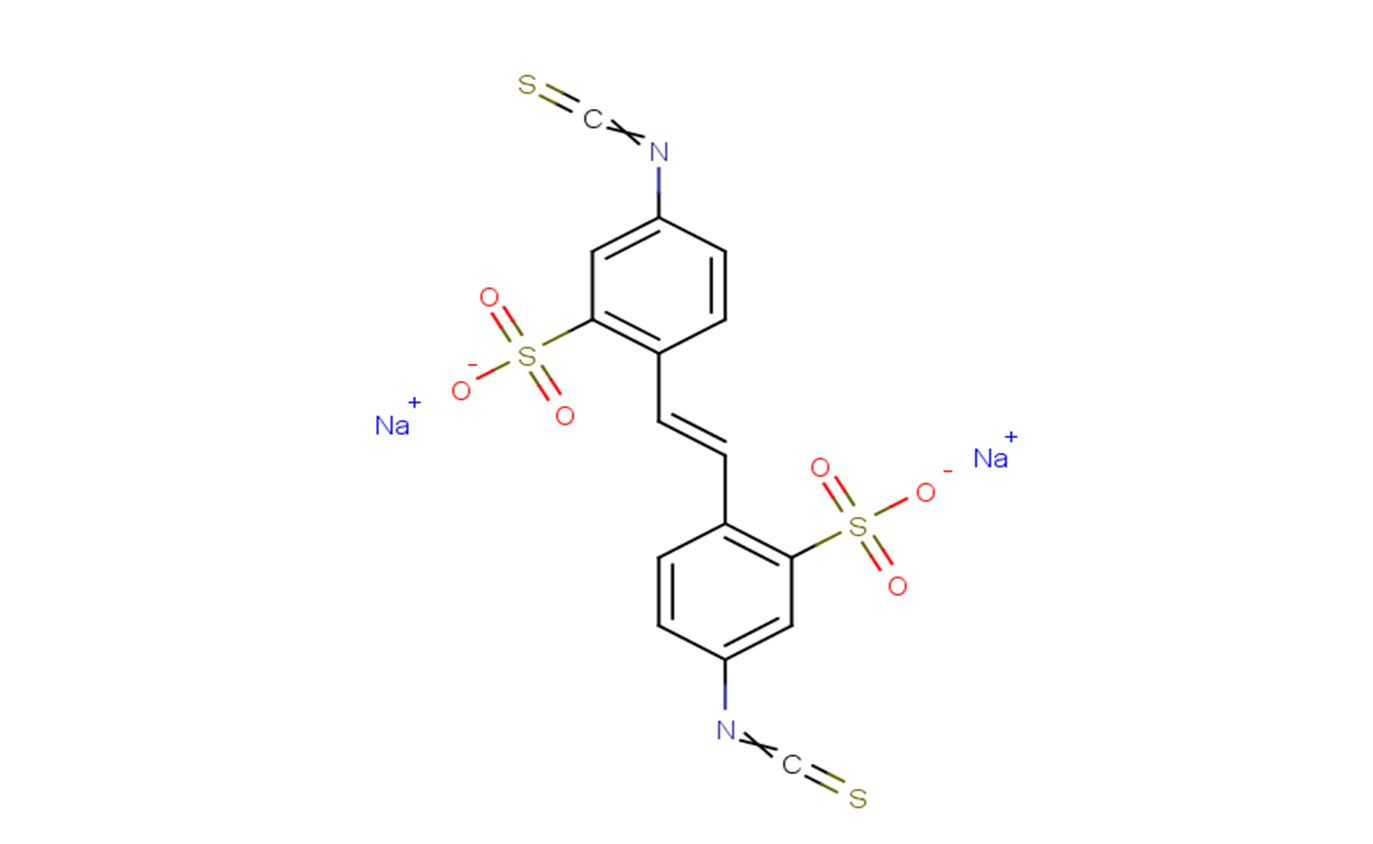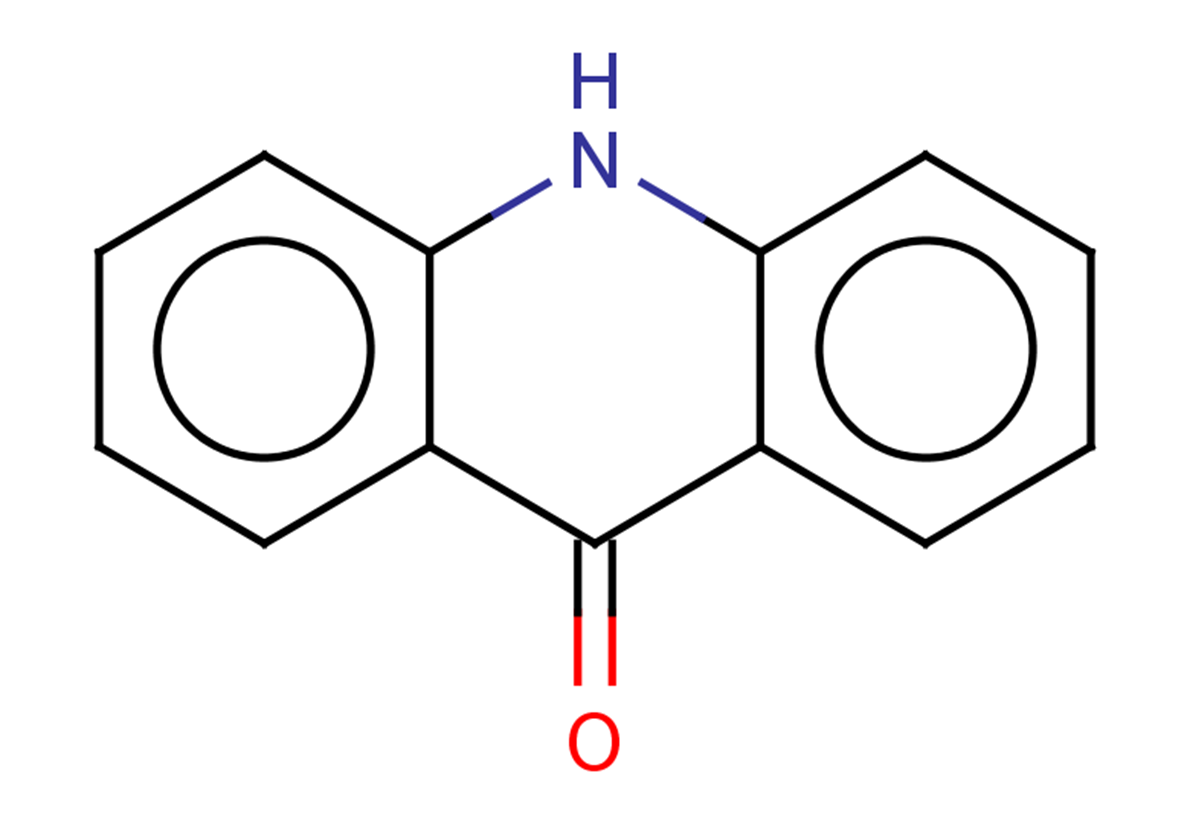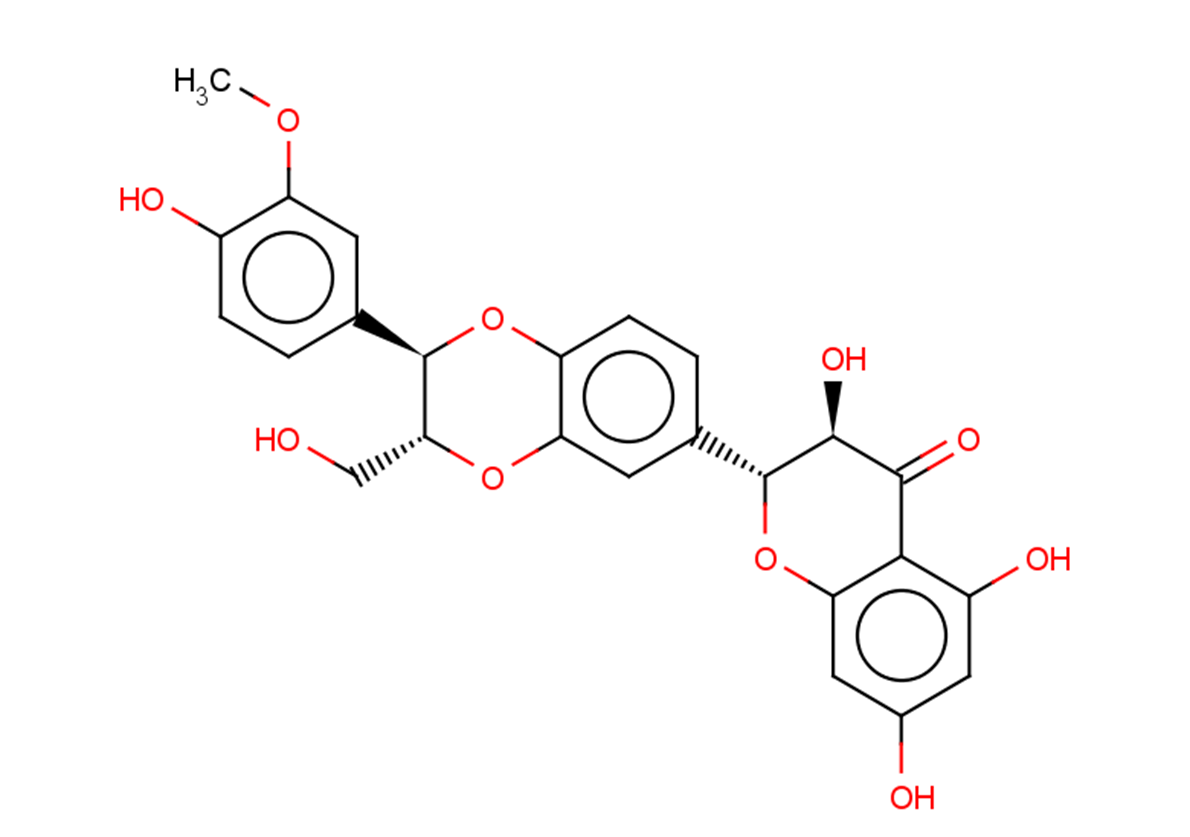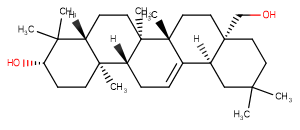ABC
ABC transporters are a family of integral membrane proteins that couple transport of chemically diverse substrates across the PL bilayer of cell membranes to the hydrolysis of ATP. ABC transporters can be divided into exporters and importers; importers mediate the uptake of essential nutrients into cells and are found predominantly in prokaryotes whereas exporters transport molecules out of cells or into organelles and are found in all organisms.The human genome codes for approximately 50 such transporters that are divided into seven subfamilies, designated ABCA through ABCG, based on organization of domains and amino acid homology. ABC transporters can be classified as importers (type I and II) or exporters; type I and II importers are only found in bacteria and their role is to uptake essential nutrients whereas exporters transport substrates out of the cell. Their core architecture is a dimeric transmembrane domain (TMD) that contains the ligand-binding site and a dimeric nucleotide-binding domain(NBD) whereas ATP binds and hydrolyzes. Their functional role is very diverse, ranging from importing essential nutrients inside bacterial cells to conferring multi-drug resistance in cancer cells.
References:
1.Phillips MC ,et al. J Lipid Res. 2018 May;59(5):749-763.
2.Beis K.Biochem Soc Trans. 2015 Oct;43(5):889-93.
References:
1.Phillips MC ,et al. J Lipid Res. 2018 May;59(5):749-763.
2.Beis K.Biochem Soc Trans. 2015 Oct;43(5):889-93.
Cell Cycle/DNA Damage
ABC(12)
AChR(104)
Antifolate(12)
ATM/ATR(26)
Aurora Kinase(51)
CLK(15)
c-Myc(22)
DHFR(16)
DNA Alkylator(34)
DNA gyrase(11)
DNA Repair Protein(21)
DNA/RNA Synthesis(187)
DNA-PK(15)
GPR(97)
HDAC(152)
Hec1/Nek2(9)
Integrin(77)
LIM Kinase (LIMK)(7)
Mps1/TTK(2)
Nucleoside Antimetabolite/Analog(48)
Other Targets(4)
PAK(13)
PARP(67)
PLK(26)
Potassium Channel(146)
RAD51(1)
Rho(16)
ROCK(42)
Telomerase(12)
Topoisomerase(88)
Wee1(7)
ABC
-
5-Hydroxy-2′,3,4′,7-tetramethoxyflavone
产品货号 : M29500
cas no: 19056-75-8
5-Hydroxy-2',3,4',7-tetramethoxyflavone 显示出较弱的 ABCG2 抑制效力,在 Hoechst 33342 和脱镁叶绿酸 A 测定中,IC50 分别为 3.27 和 3.89 μM。
-
DIDS sodium salt
产品货号 : M24686
cas no: 67483-13-0
DIDS 钠盐是 ABCA1 和 VDAC1 的双重抑制剂。
-
Acridone
产品货号 : M24570
cas no: 578-95-0
吖啶酮是一种基于吖啶骨架的有机化合物。吖啶酮可诱导细胞凋亡、抑制ABCG2(ATP结合盒亚家族G成员2)蛋白、调节激素水平。
-
Isosilybin A
产品货号 : M23585
cas no: 142796-21-2
Isosilybin A 是 PPARγ 部分激动剂,显着诱导 ABCA1 蛋白表达,抑制酪氨酸酶的单酚酶 (IC50=1.7-7.6μM) 和双酚酶 (IC50=12.1-44.9μM)。异水飞蓟宾 A 显示出抗血管生成功效,它具有通过细胞周期停滞和细胞凋亡诱导介导的抗前列腺癌 (PCA) 活性。
-
Erythrodiol
产品货号 : M21516
cas no: 545-48-2
Erythrodiol 是橄榄油的一种成分,通过选择性抑制 ABCA1 蛋白的降解来促进胆固醇外流 (ChE)。



 021-51111890
021-51111890 购物车(0)
购物车(0)
 sales@molnova.cn
sales@molnova.cn






